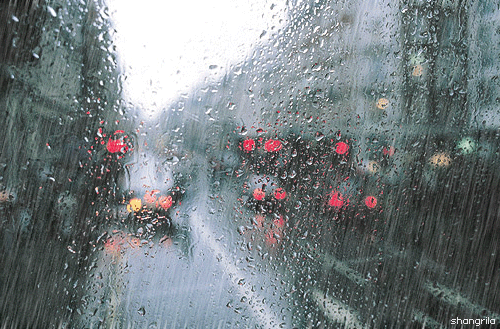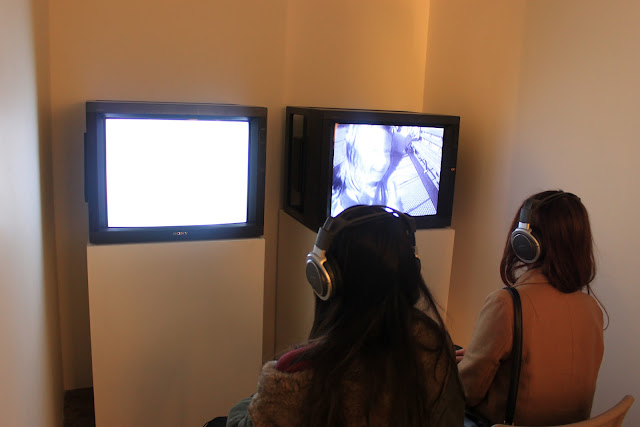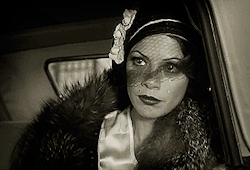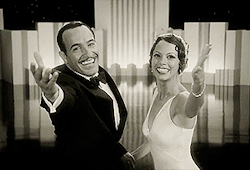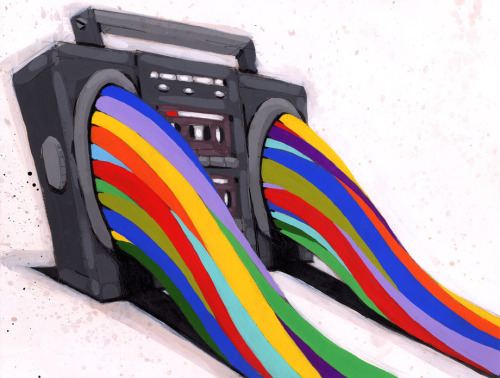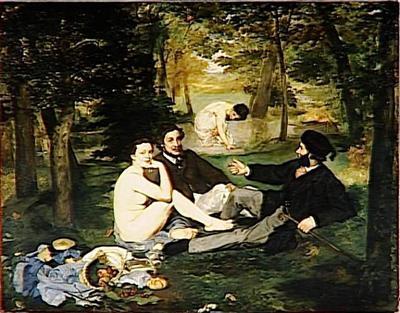The word of the project is Resolution. My first thoughts? Resolution is what you get at the end of a debate and is the best way to please everyone. When I think of the word resolution I also think of film photography and footage, especially when the film is really old.
Resolution -From Latin resolutio-/resolution, from resolvere, meaning "to loosen or dissolve again," which was the original meaning.
Resolution -From Latin resolutio-/resolution, from resolvere, meaning "to loosen or dissolve again," which was the original meaning.
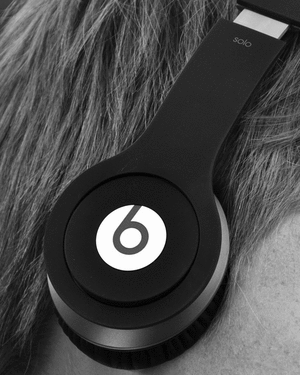 Resolution (audio): In digital audio, bit depth describes the number of bits of information recorded for each sample. Bit depth directly corresponds to the resolution of each sample in a set of digital audio data.
Resolution (audio): In digital audio, bit depth describes the number of bits of information recorded for each sample. Bit depth directly corresponds to the resolution of each sample in a set of digital audio data. 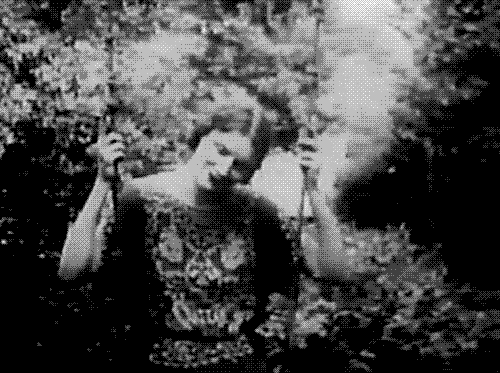 (Image) Resolution: is an umbrella term that describes the detail an image holds. The term applies to raster digital images, film images, and other types of images. Higher resolution means more image detail.
(Image) Resolution: is an umbrella term that describes the detail an image holds. The term applies to raster digital images, film images, and other types of images. Higher resolution means more image detail.Resolution (music): Resolution in western tonal music theory is the move of a note or chord from dissonance (an unstable sound) to aconsonance (a more final or stable sounding one).



